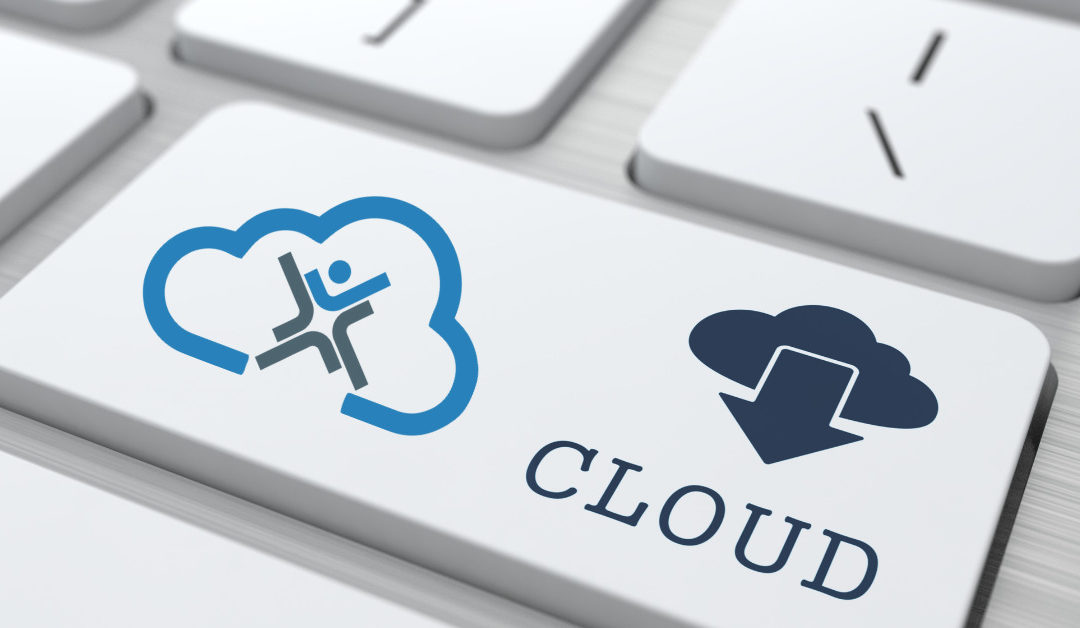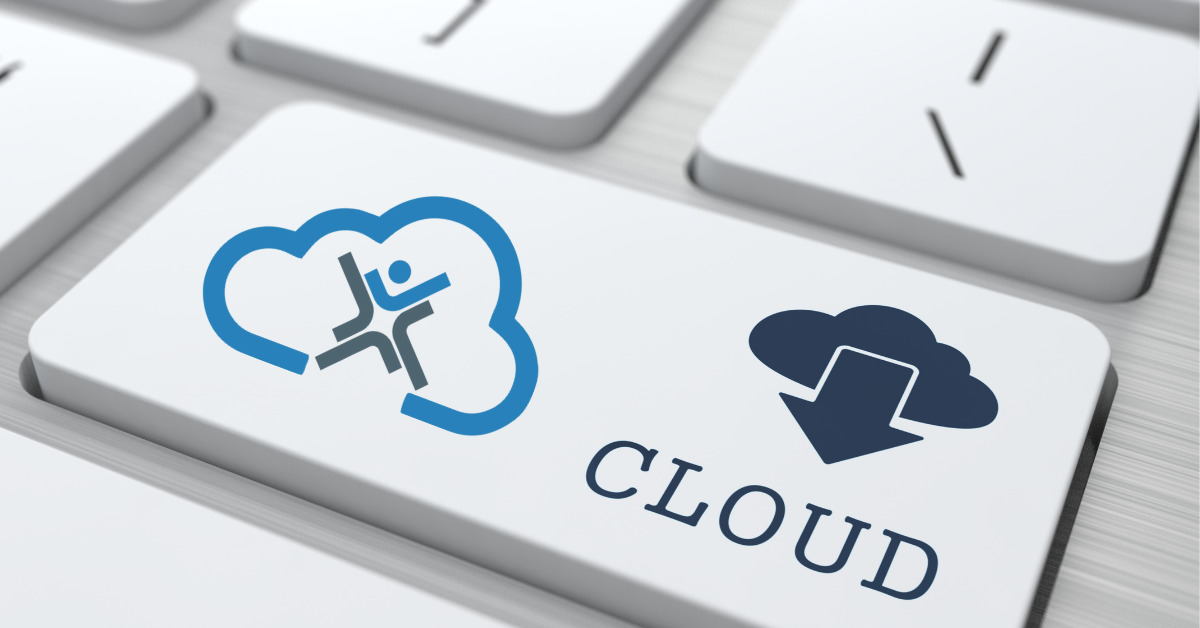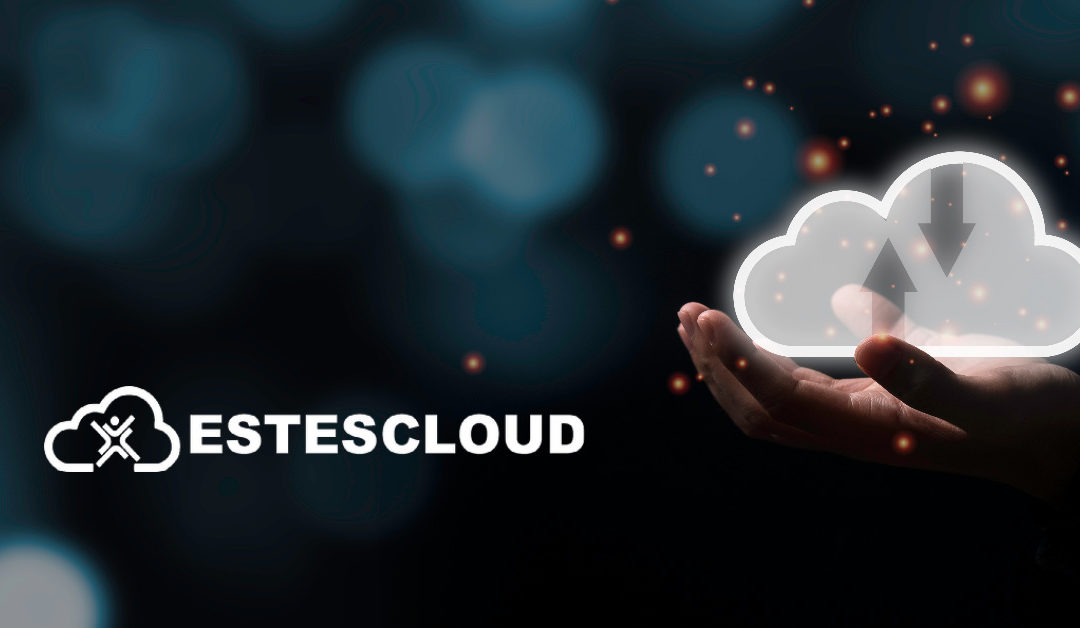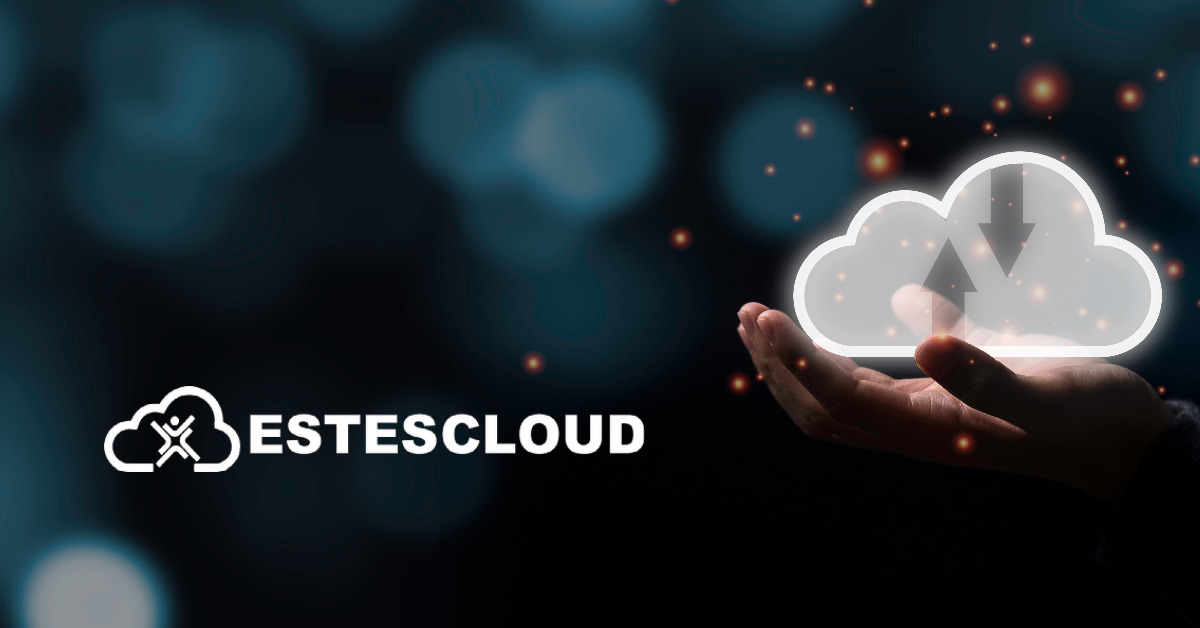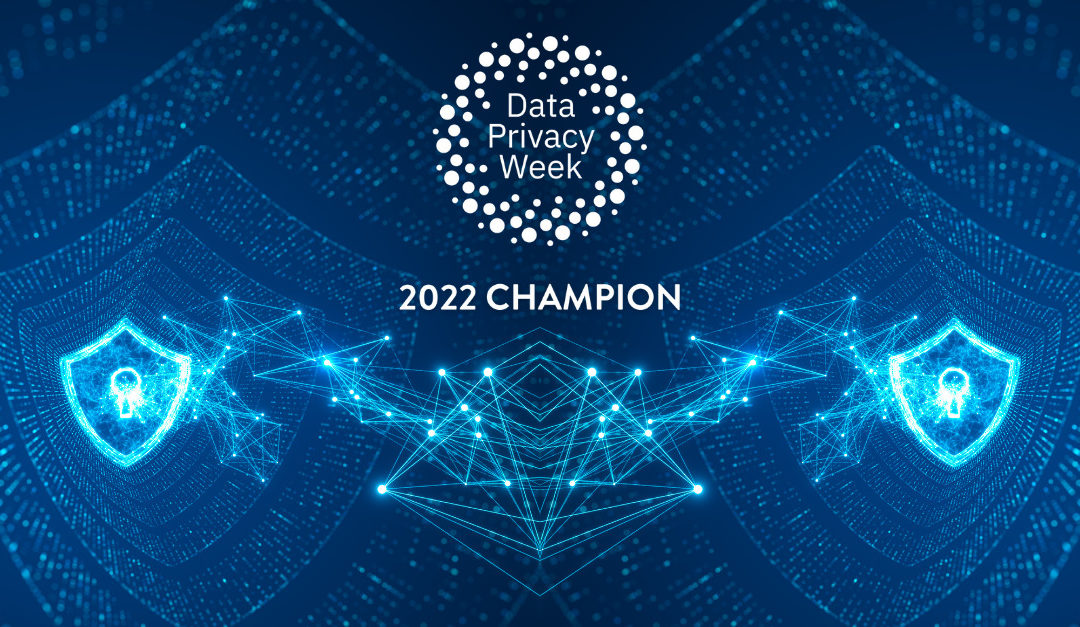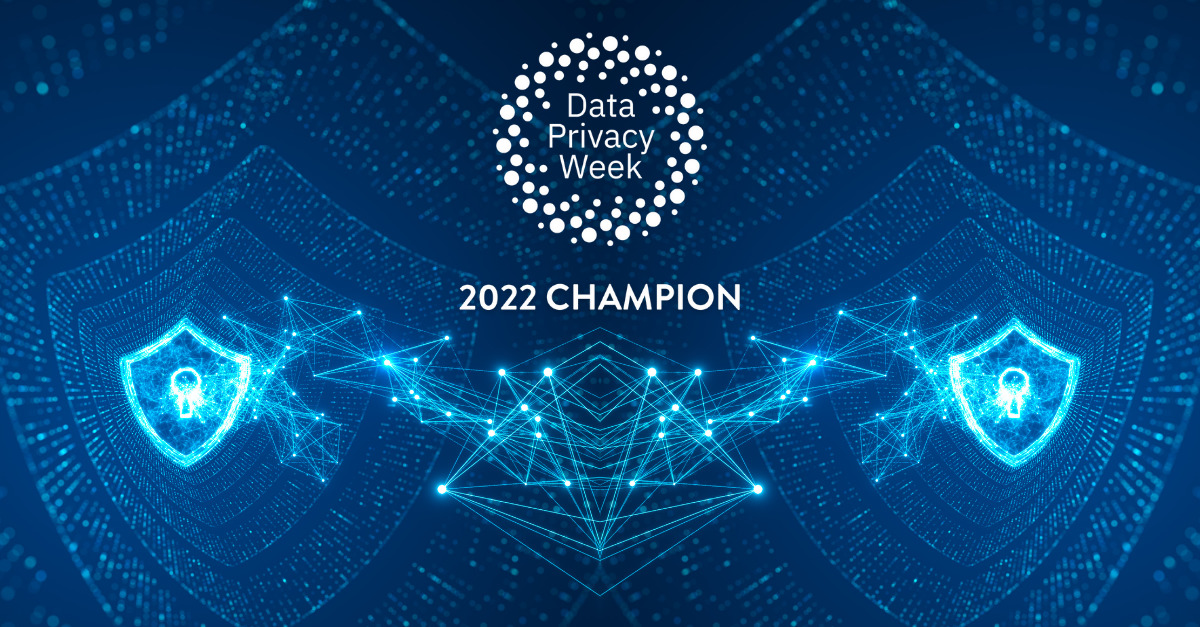
Doctor Who Regeneration for Digital Transformation
Regeneration as a Metaphor for Digital Transformation
As a Canadian living in the American diaspora, I’ve had fun, at times, playing with my adopted country’s misconceptions of my homeland. I once convinced a room full of Texans that I had a pet wolf back home, à la Jon Snow, and that I culled dinner from the nearby caribou herds with a hand spear. Easy pickings, they were — the Texans, not the caribou.
But as a Canadian, I’ve also fielded my share of awkward questions, most often in relation to my country of origin and its relationship with its ancestral United Kingdom. To summarize: no — we don’t send tax dollars to the queen anymore. And no — I couldn’t give a rip about Harry and Meghan. But when it comes to contextualizing Canada’s relationship with the UK, I often find myself quoting Robert Frost, who was himself quoting an Englishman, when he said, “Canada ripened off the tree — you fell off green!”

Not to get too mired in post-modern discussions on post-colonialism, I will admit that I’ve long held onto my commonwealth membership card over the years, pulling it out whenever it was useful. One such case was the matter of Doctor Who. As part of my cultural inheritance, I was rather fond of that man of manners and madness. As a child, I remember wanting a characteristic Doctor Who scarf for my birthday almost as much as that red Michael Jackson leather jacket that was also popular at the time — the one with all the zippers… ah… the 80s…
ERP System Time Travelers
So when I heard that the latest rendition of the “The Doctor” was on the precipice of a regeneration into a new incarnation, it seemed fitting that my mind would wander into the dimension of digital transformation, and pluck a few parallels where they hung out in front of me. For all you time-travelers out there, the EstesGroup has helped countless companies over the years transition ERP systems that were 40+ years old — systems that go back to the Tom Baker era, if anyone is keeping track. For such companies, the shift from a character-based system to a contemporary ERP is enough to tear a hole in a company’s fabric of time. But what does that mean for a company facing such a change?
System Regeneration
Digital transformation is like a regeneration in the Doctor Who series. ERP systems are a new incarnation of the Doctor — they come into being, replacing their predecessors. They go on adventures, solve problems, and take their companion companies to unexpected places. And in so doing, they amass monumental amounts of experience and ingenuity, and ultimately encapsulate the worldview of the time in their rows and their columns.
The worldviews themselves amount to the business requirements of the organization, as they relate to the system in question. Worldviews are not fixed in time, and evolve gradually, as the system is further modified, fine tuned, reconfigured, and integrated with other systems. While this worldview continually changes, the changes are rarely as abrupt as a new body fitting an old suit.
A migration to a new ERP system, on the other hand, amounts to a much more radical shift in worldviews. The challenges really have to do with the wisdom and knowledge that is bundled up inside the legacy system, and with finding a way to translate that information into the new ERP system without compromising the integrity of the new system.
Don’t blink — it’s no easy task. In this context, the question you must ask yourself relates to how you approach a regeneration, knowing that it must happen. This might be a good time to lean on the good Doctor for assistance. Fortunately, there are several of them from which to choose:
You might approach the needed changes in the spirit of the Tenth Doctor and simply exclaim “I don’t want to go!” That is, you can fight the new system and cling to the old, as it slips away, like breath on a mirror.
Or you might approach an impending regeneration in the spirit of the Eleventh Doctor, understanding that “times change and so must I.” That is, you can get ahead of the transition and maximize the time you have, to remember as much of the legacy system as possible, such that it is not forgotten in the new system.
The truth is, regardless of your reaction, some form of digital transformation is inevitable. Any moment now, he’s a’ comin’.
I’ve had many customers migrate simply because the current state was no longer tenable: ancient hardware, out-of-date operating systems, applications lacking the faculties to keep up with the current needs of the business, much less lead them into the future.
I‘ve also seen customers delay a regeneration until the 11th hour, or a minute before midnight, and have thus dragged into a transformation without preparation. When it comes to transformation, preparation is key. Good preparation allows you to understand the business requirements that underly your legacy system. This gives you a better chance of incorporating your requirements into your new system, without trying to forcibly alter the new system to mirror the old.
In working with system implementations, one comes to understand that over the course of a company’s existence, systems change. And that’s ok, that’s good. You’ve got to keep moving, so long as your system remembers all the systems that it used to be.
We all wish that our digital transformations would have an orchestral accompaniment as the universe sings our legacy systems to their sleep. The truth is, you have to provide the soundtrack. And that soundtrack is a manifestation of the attitude you bring into your system’s story. The song of your legacy system is ending, but the story of your organization never ends — as long as time passes really slowly, in the right order, and the next season does not get cancelled.
Are you seeking an ERP system or technology update?
Talk to our consultants now to begin a conversation that will make your system sing. Get help now with business processes, ERP implementation, digital transformation initiatives and digital transformation strategy. Ready for digital transformation in ’22 style? Go cloud, and get ERP business consulting experts for time-consuming hard and soft digital technology upgrades. Create the ultimate user and customer experience with new cloud computing platforms, without losing historical data. Meet customer expectations by combining a new version of your ERP solution with cutting-edge technology and optimized control over both the data migration process and migrated data. Hoping to use a newer version of your software to recover from the Covid-19 pandemic? Use cloud hosting technology to compete with the best of digital businesses, incorporating third-party integrations easily, to maximize machine learning, artificial intelligence, and other cloud-based digital transformation services.

